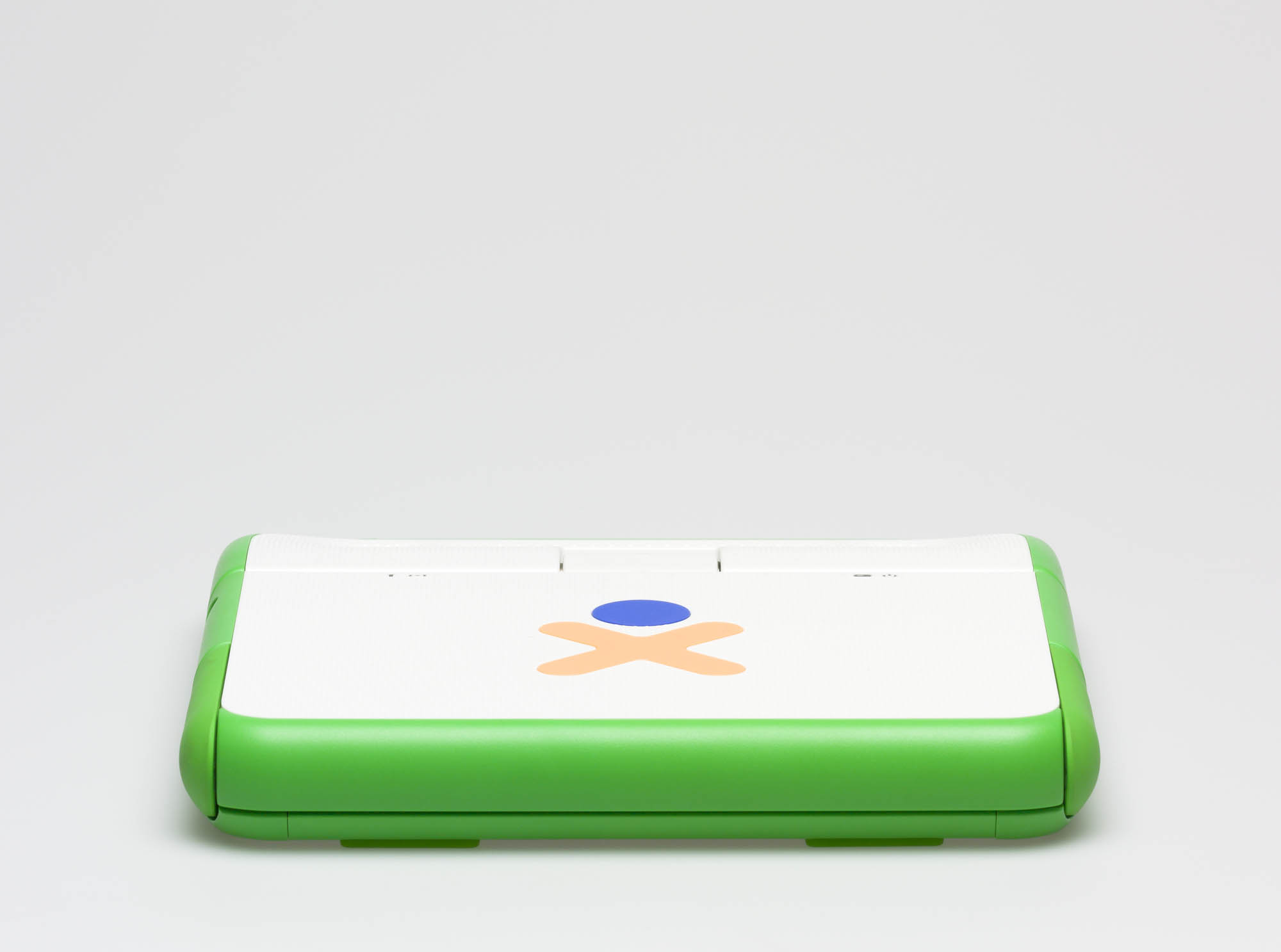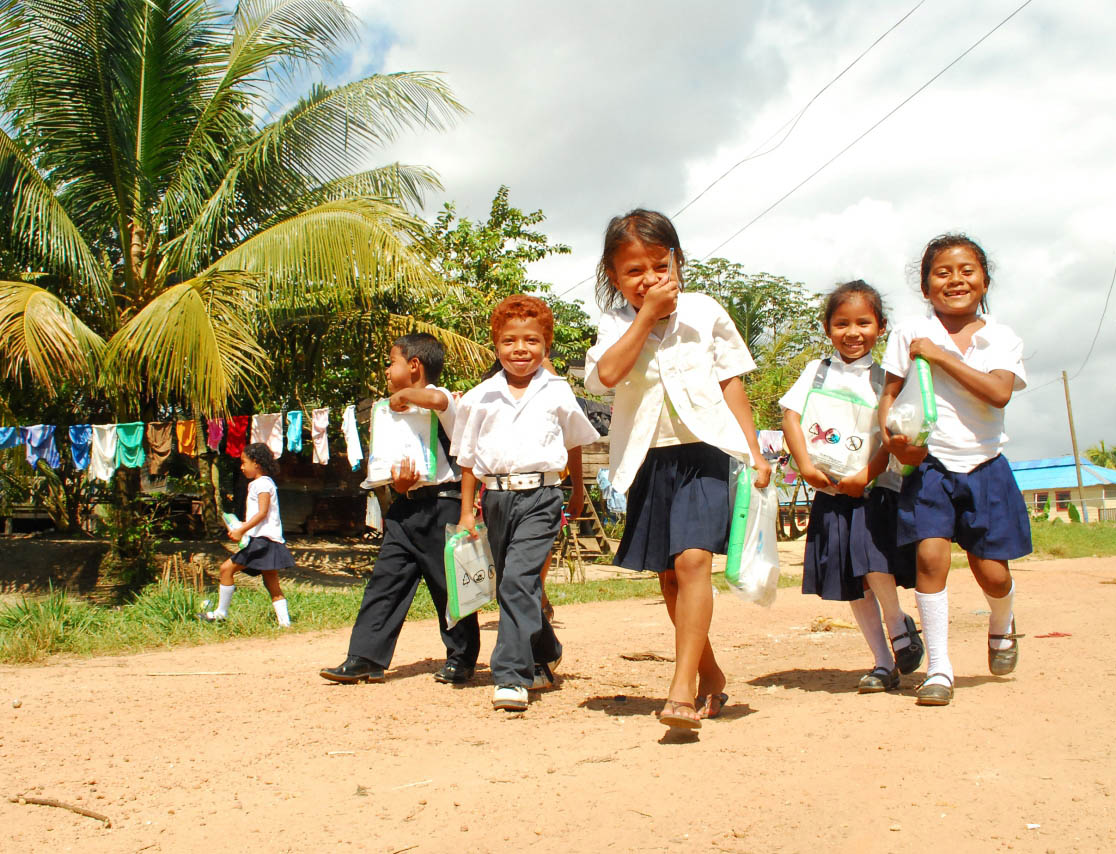8031 Zurich
8031 Zurich
8008 Zürich
The laptop was designed for children in emerging and developing nations. It is equipped with open source software geared to helping children learn, communicate, and network with each other.
One Laptop per Child (OLPC) is a nonprofit initiative, developed at MIT in Cambridge, Massachusetts, by Nicholas Negroponte, with the objective of giving all children access to a computer and thus improving educational opportunities in emerging and developing nations. In 2005, the Swiss industrial designer Yves Béhar (b. 1967) with his studio Fuseproject in San Francisco and New York was commissioned to do the final design of the laptop. Education policy, technology, and economy were the factors determining its technical features. The laptop had to be robust and the battery rechargeable either mechanically or via solar panel. The software allows the devices to be networked, so that children can communicate with each other without Internet access. Equally important is the design quality: despite low production costs, the computer has an upscale and refined look and feel. Carefully chosen textures and materials protect it from scratches and splashes while also making it fun to use. The foldout antennas conceal the cable sockets and support the screen when it is folded upward. At the same time, they turn the laptop into a friendly creature with green ears. Since the laptop was to be used throughout the world, Béhar also took into account cultural differences. In order to allow the attachment of a range of straps and different carrying options, he added holes next to the handle. The XO logo was conceived for universal appeal to children, but with a choice of 400 color combinations it can also be geared to a specific child. (Renate Menzi)
Entwurf: Fuseproject Inc., San Francisco, US / Yves Béhar
Herstellung: Quanta Computer Inc., TW
Material/Technik: Kunststoff (Gehäuse); Gummi (Tastatur)
24,2 × 22,8 × 3 cm
Dauerleihgabe: Schweizerische Eidgenossenschaft, Bundesamt für Kultur Bern
Museum für Gestaltung Zürich (Hg.), 100 Jahre Schweizer Design, Zürich 2014, S. 349.
Peter Haffner, «Die Essenz der Dinge», in: Das Magazin 32 (2001), Heft 6, S. 23–27.
Beatrice Tobler, «Computer für alle», in: Museum für Gestaltung Zürich (Hg.), Global Design, Internationale Perspektiven und individuelle Konzepte, Baden 2010, S. 102–109.
www.one.laptop.org
Laptop, XO-1 – One Laptop per Child, 2006, Entwurf: Fuseproject Inc., San Francisco, US / Yves Béhar, Dauerleihgabe: Schweizerische Eidgenossenschaft, Bundesamt für Kultur Bern
Abbildung: Museum für Gestaltung Zürich / ZHdK
Laptop, XO-1 – One Laptop per Child, 2006, Entwurf: Fuseproject Inc., San Francisco, US / Yves Béhar, Dauerleihgabe: Schweizerische Eidgenossenschaft, Bundesamt für Kultur Bern
Abbildung: Museum für Gestaltung Zürich / ZHdK
Fotografie, OLPC-Projekt Learning how to learn, Peru, um 2010
Abbildung: One Laptop per Child OLPC











